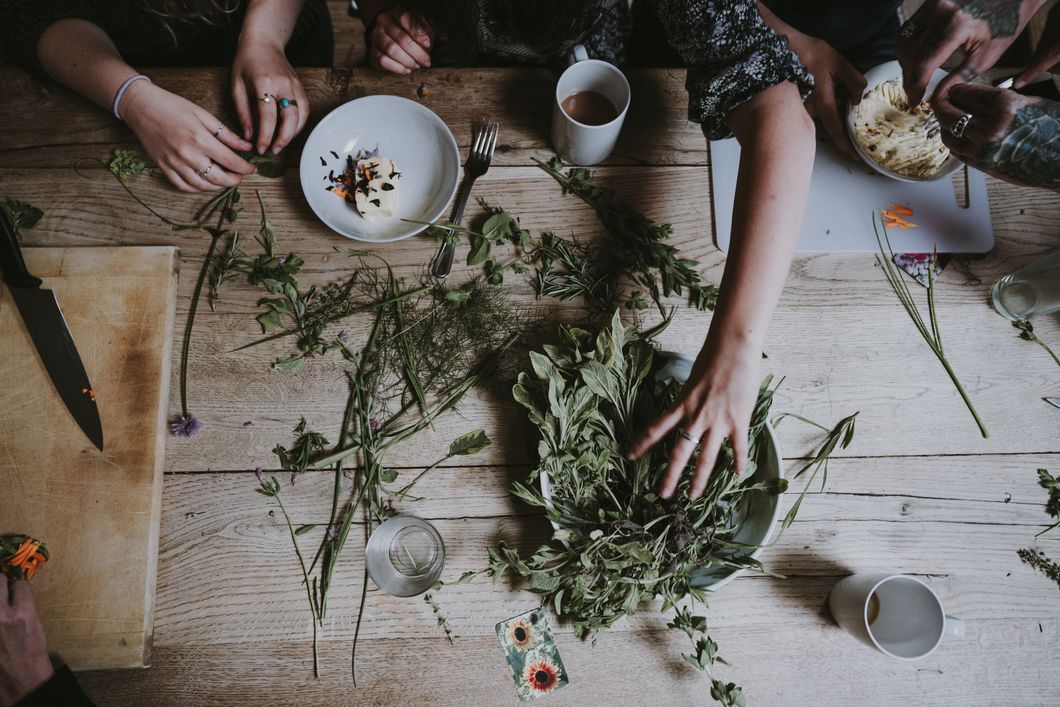Herbs are fun, little, easy plants to grow. Additionally, they ALL have medicinal properties. I didn't know until not long ago that prescription medications often have plant materials in them, that is they have extracted a specific substance out of the plant then add it into the medicine. Herbalists do the same thing, they know the methods of extraction and use what they get in tinctures, salves, and other medicinal processes. And so can you! In this article I'll go over the different medicine uses each herb has as well as how to use it properly.
Sage
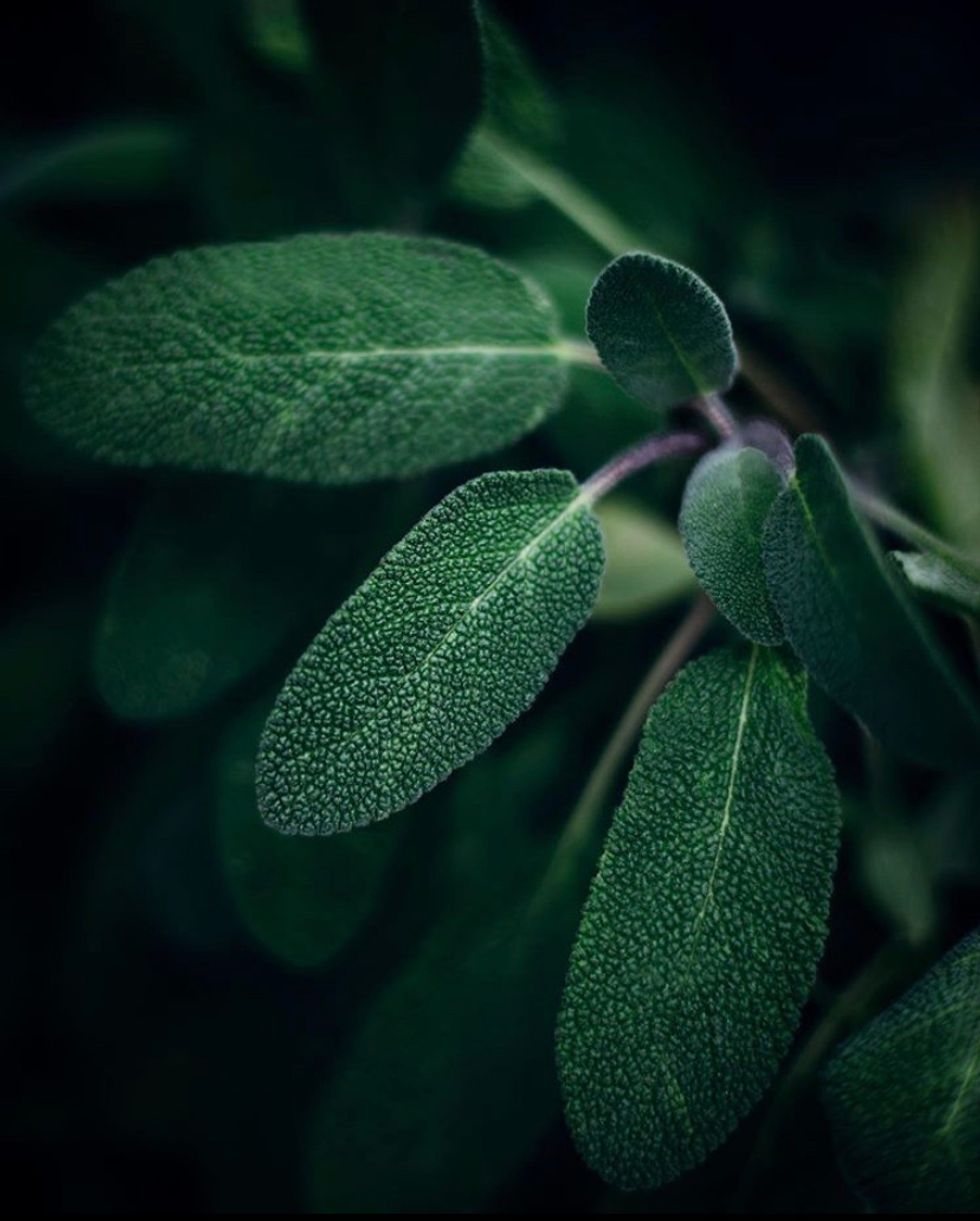
Screenshot from @maylis.foodstories on Instagram
Can be used for indigestion and is helpful in boosting mood. For these purposes you should ingest the sage leaves in tea, via tinctures or dried leaves.
Sage can also be used in salves that you rub on the afflicted spot, such as insect bites or places that are infected.
Yarrow
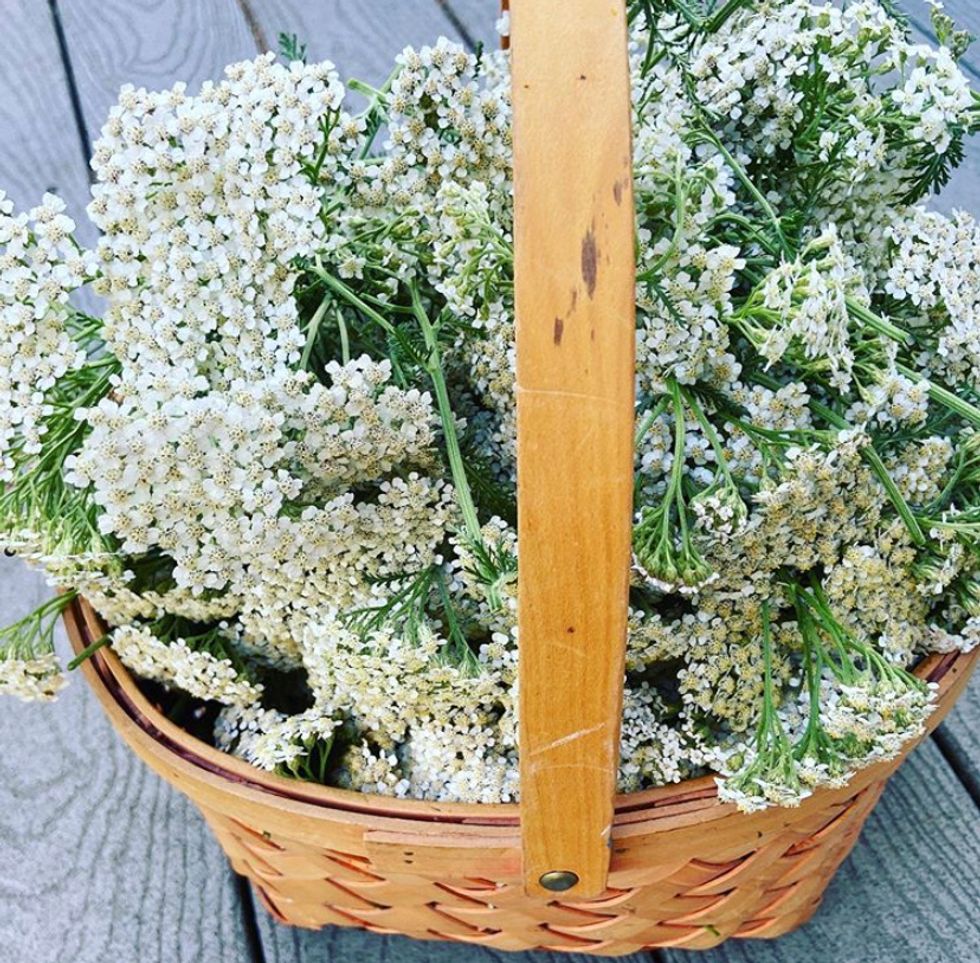
Screenshot from @greenpathherbschool on Instagram
Treats inflammation, digestion issues, fever reducer and to ease anxiety. For these uses you should ingest the flowers via tea or make into a poultice which is where you mince the flowers until they're ground up. If you make it into a poultice you can add it to tea or ingest directly. You can also add the flowers to bath water to soak in to help alleviate these symptoms.
Mallow
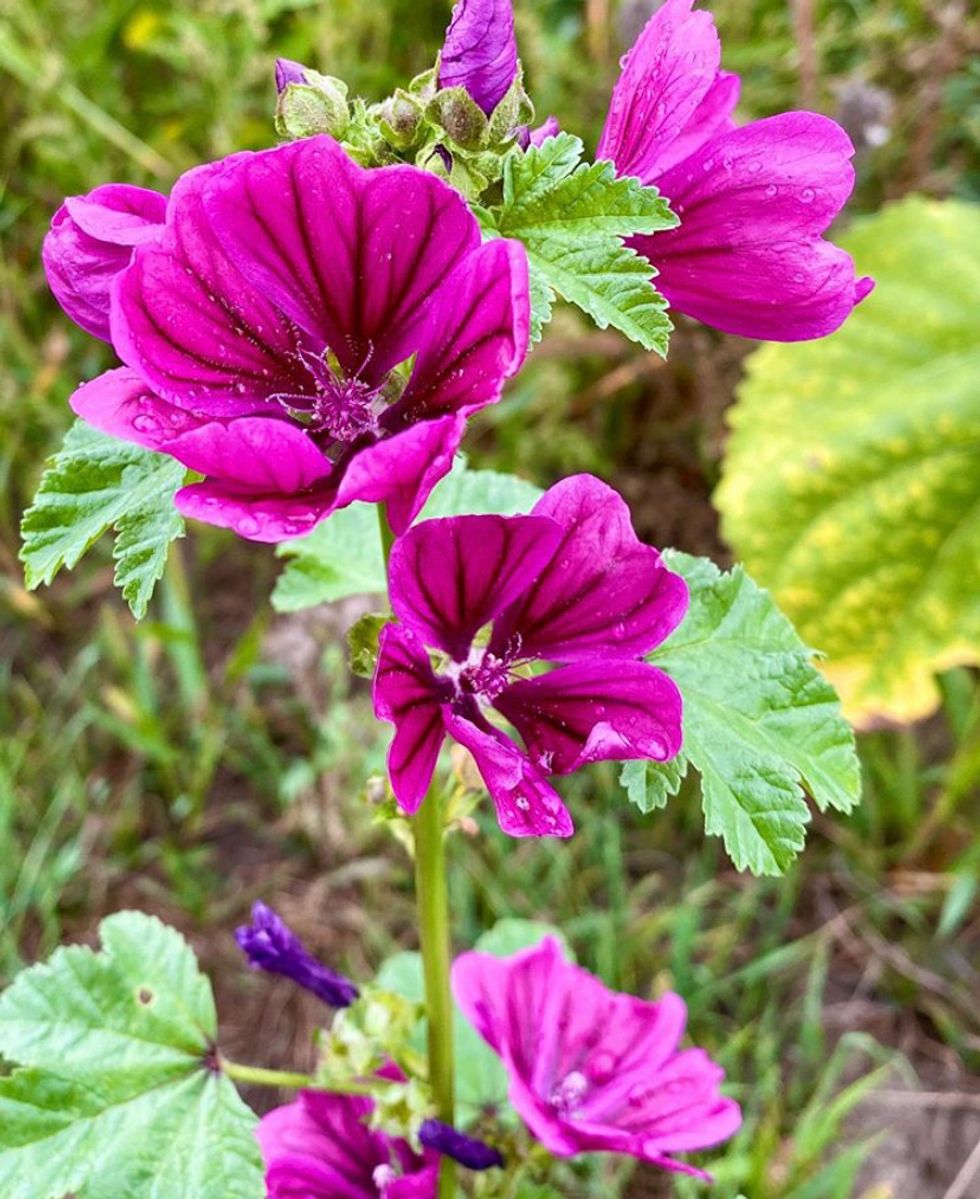
Screenshot from @ingrid_steegi_ on Instagram
Has many properties with many uses but most commonly are anti-inflammatoies and cell renewal. Which help with sore throats, urination, and bowel movements when ingested through tinctures or dried leaves. Mallow is also good for wound care, insect bites, and burns when applied as a salve.
Dandelion
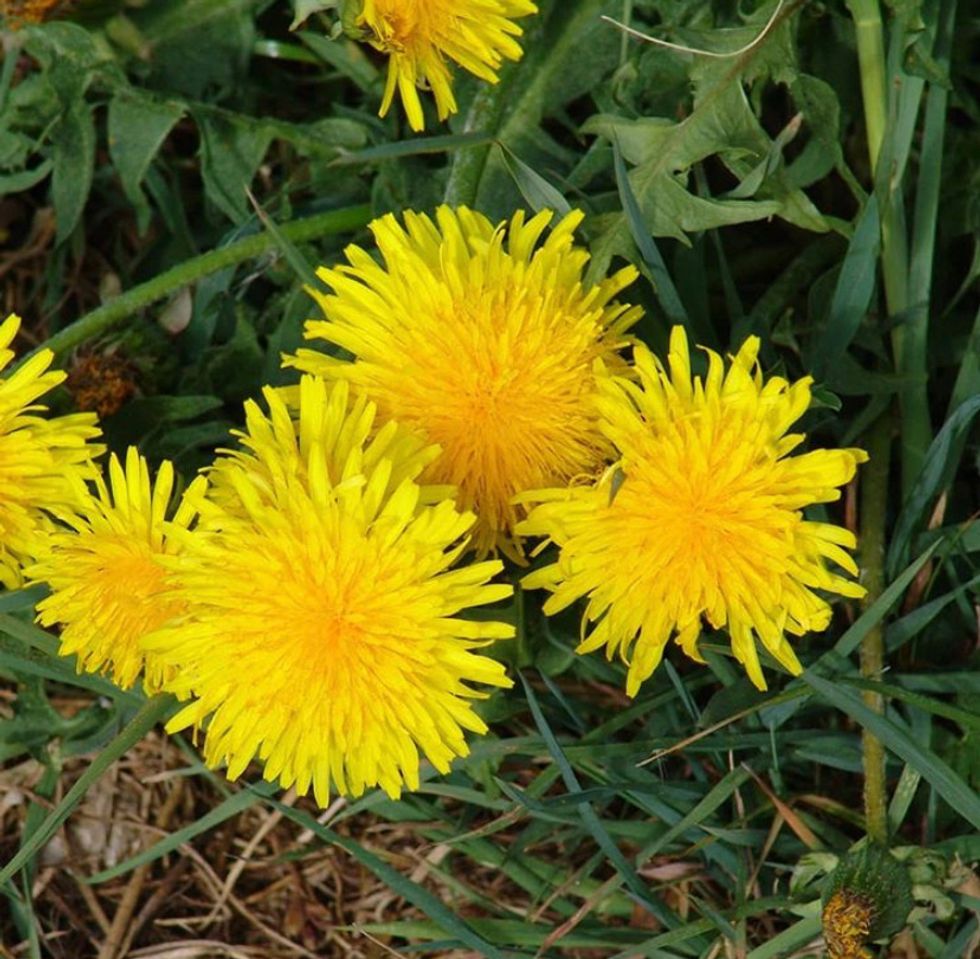
Screenshot from @plants_and_planes on Instagram
Is high in a lot of vitamins and minerals. It also helps lower blood pressure, treat acne, reduce risk of urinary tract infections, and can even help with weight loss. For these purposes you should ingest via dried leaves in tea, in tinctures, or in salves.
Lemon Balm
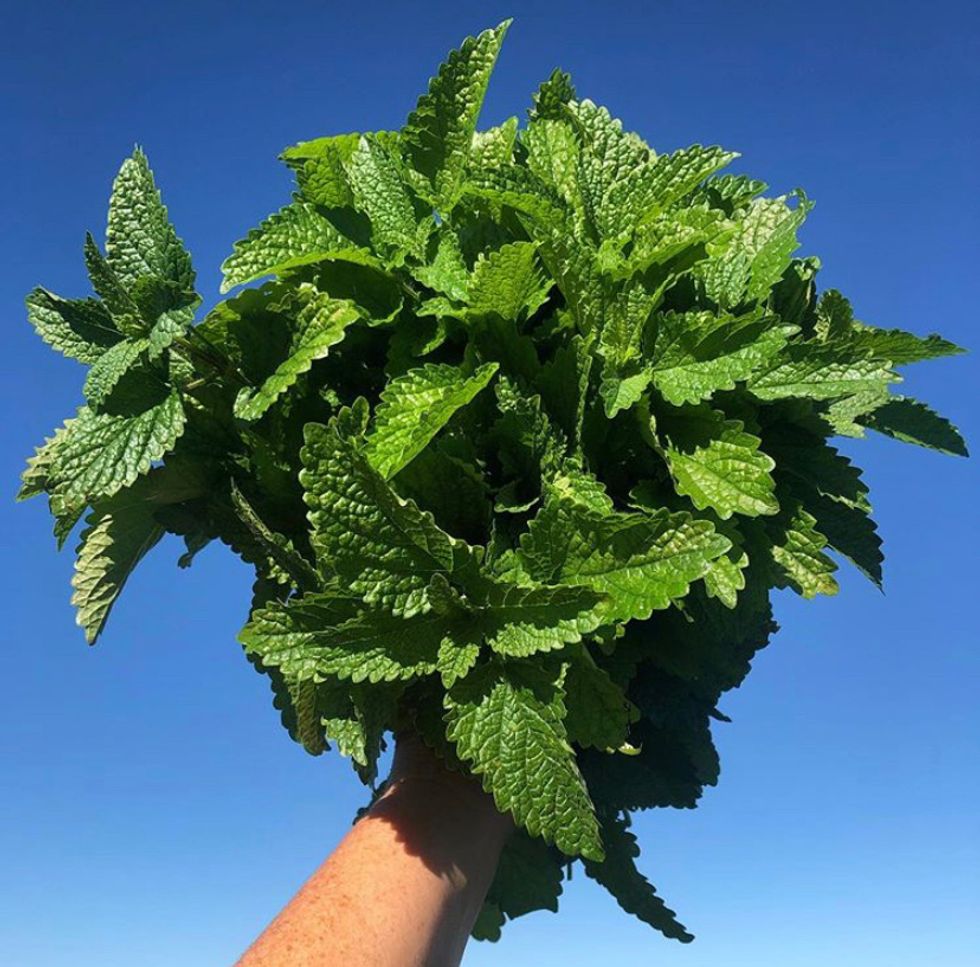
Screenshot from @riseupremedies on Instagram
Good as a mosquitoe repellant and to heal big bites when crushing the leaves up and applying to the body. It is also good for soothing an upset stomach and cold symptoms when drank in tea.
Echinacea
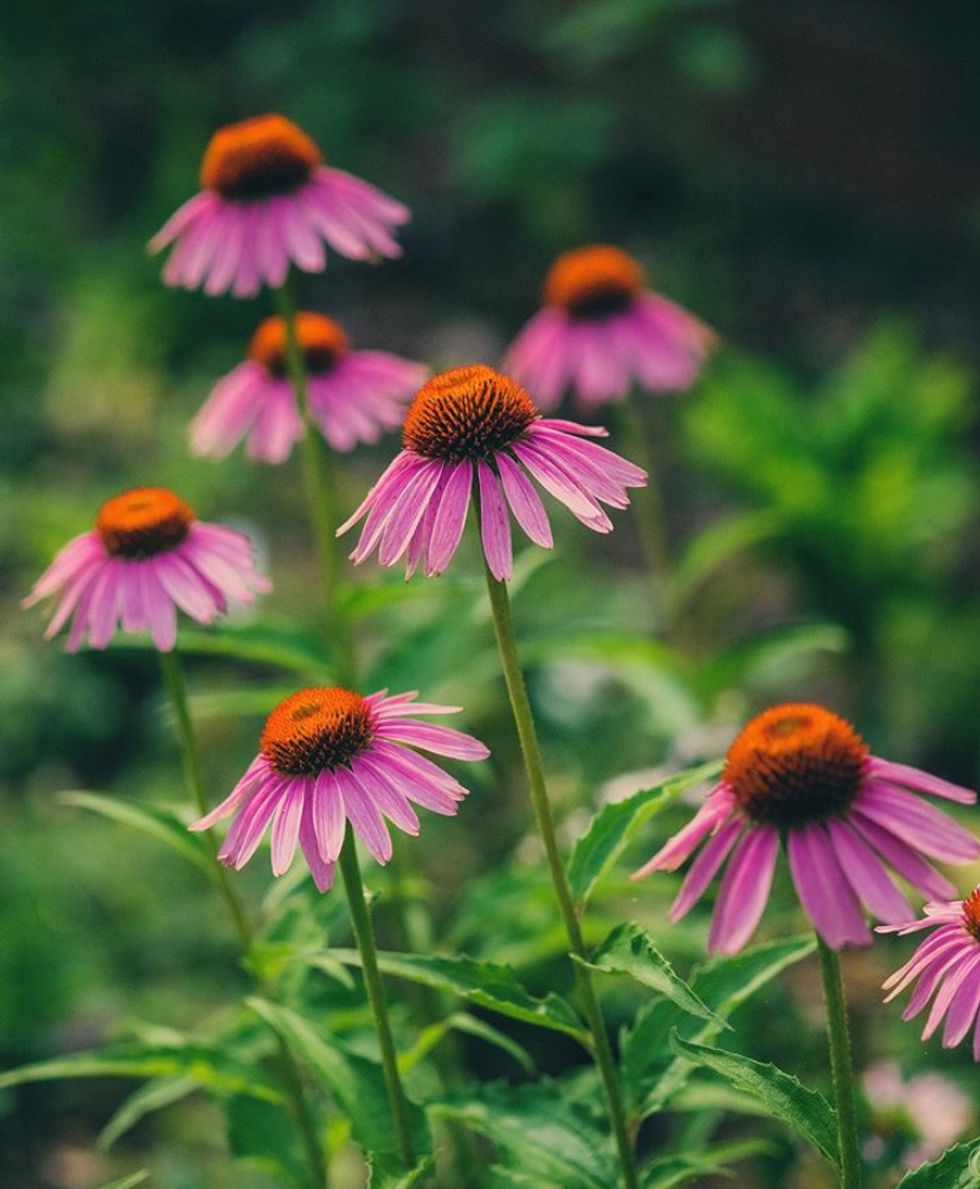
Screenshot from @fusan_23 on Instagram
Is a very pretty flower that can be used to treat ADHD, chronic fatigue syndrome, reduce acid indigestion, and help during colds and flus. To use this herb you should use the flowers and leaves in tea. You can also make it into a tincture.
Primrose
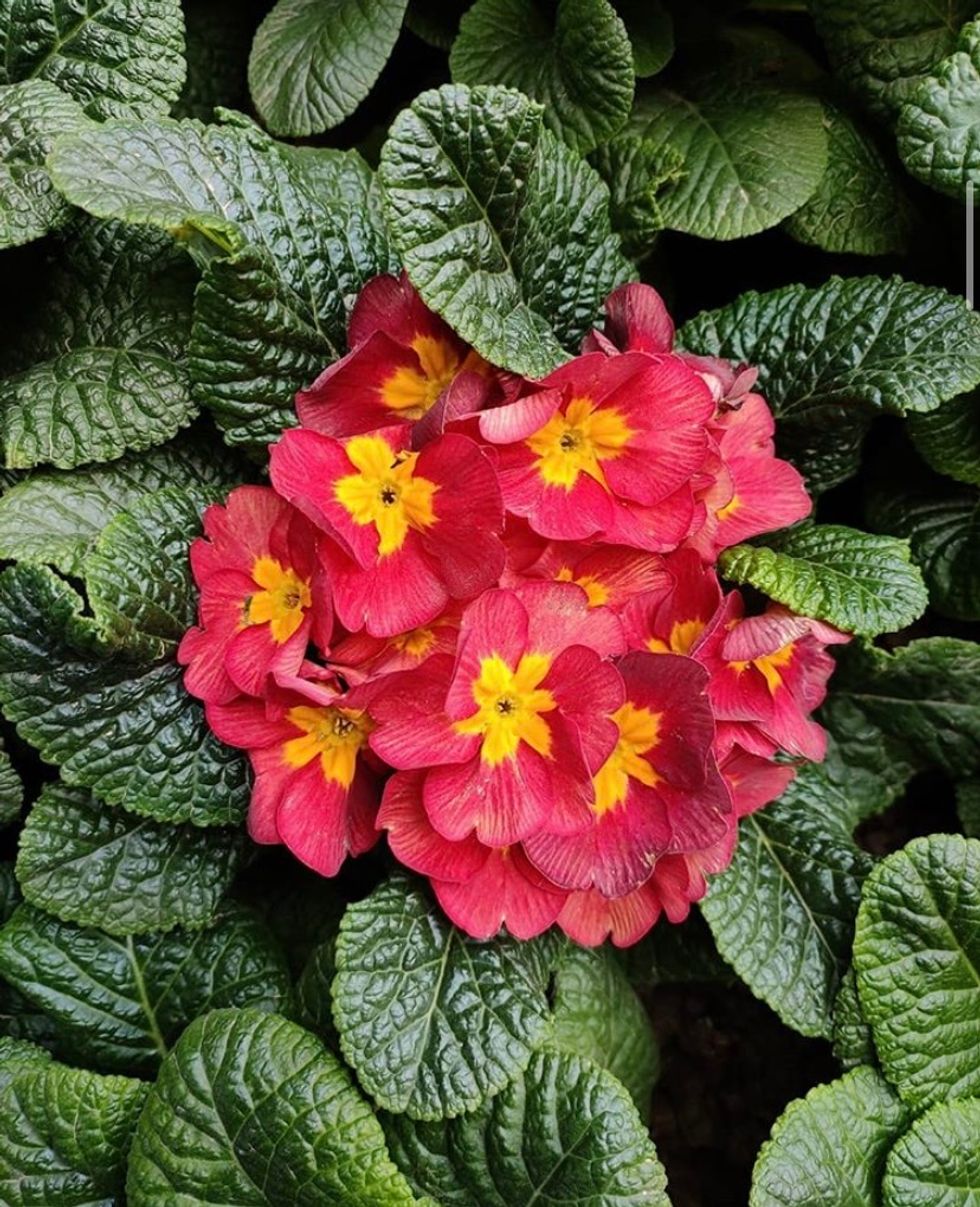
Screenshot from @titar_bitar_ on Instagram
One of my favorite herbs! It is very pretty, you can find varieties for almost any color flower you could want. It is used to treat eczema, PMS, breast tenderness, and rheumatoid arthritis. For these treatments you should use the roots of the plant, you can eat them as a vegetable with other things or put it in your tea.
Chamomile
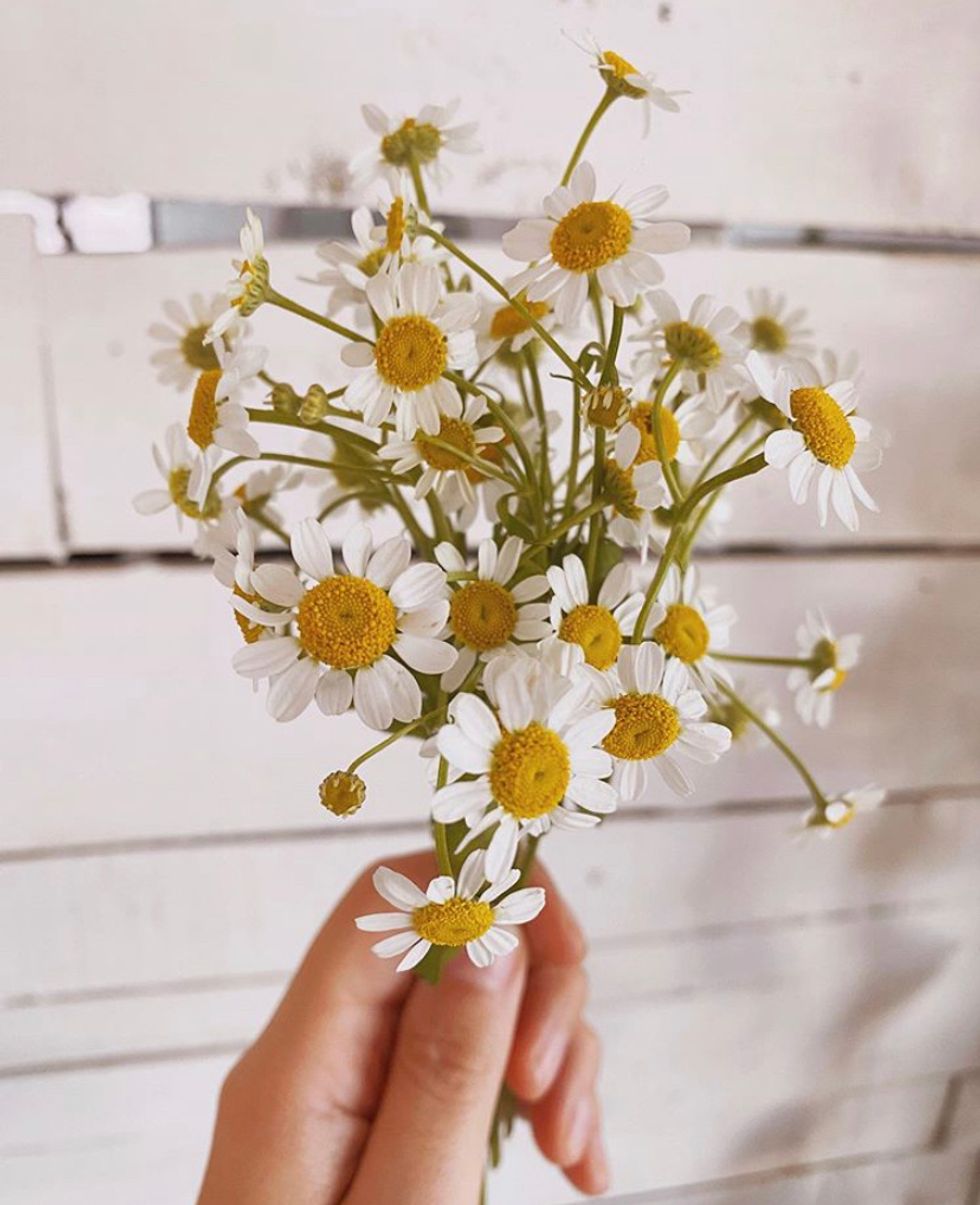
Screenshot from @framedflorals on Instagram
Infamous for its calming affect and is also good as an anti-inflammatory. You should ingest the chamomile flowers and leaves through steeping it in tea or making it into a tincture.
Rosemary
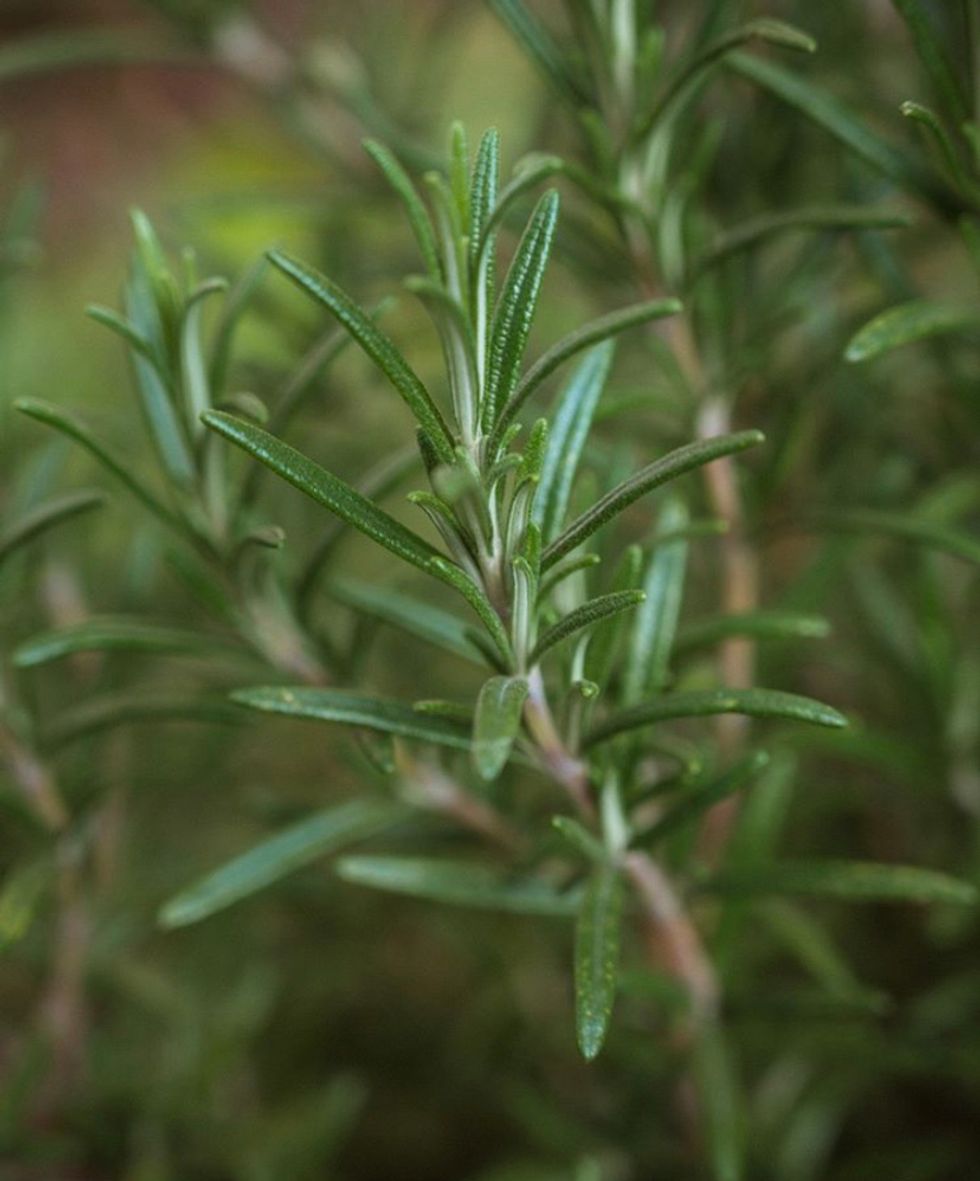
Screenshot from @berkeleyherbalcenter on Instagram
Another herb that has been used for ages, and is known to help aid in improving memory, digestion, and ease muscle aches and pains. You should put the dried leaves in your tea, or make into a tincture.
Milk Thistle
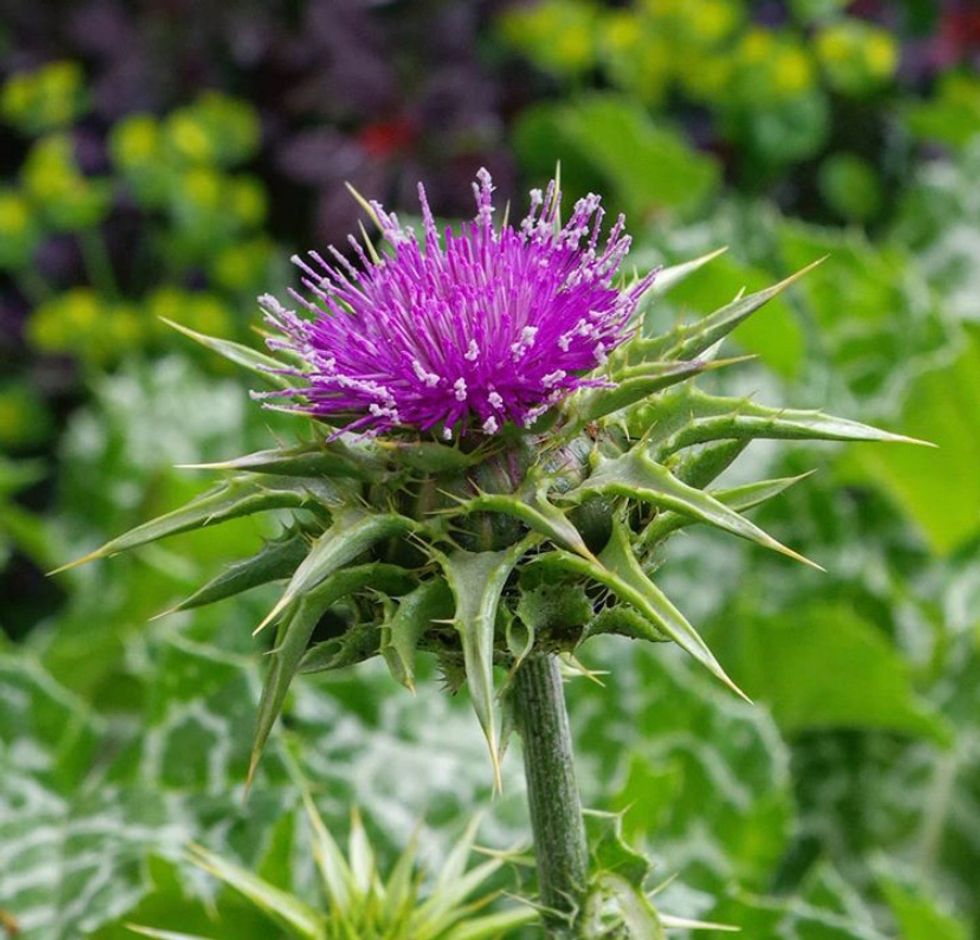
Screenshot from @thebotanicaljason on Instagram
Helps aid in liver function, regulate blood sugar levels and cholesterol levels. The flower and seeds should be ingested when ground up and then can be sprinkled on food or steeped into tea.
Self Heal

Screenshot from @jilleatalot on Instagram
An herb in the mint family that is full of antioxidants and minerals. Can be used treat gingivitis and help with small sounds. Normally the leaves, flowers, and seeds are crushed and make into a salve to rub on ailments or can be made into a tincture.
Peppermint

Screenshot from @australherbs on Instagram
Is mainly used to help stomach issues like stomach aches, irritable bowel syndrome, gas, bloating, and diarrhea. The leaves should be steeped in tea or ground up and sprinkled on food. It also can be made into a tincture with spearmint and watermint.
Chickweed
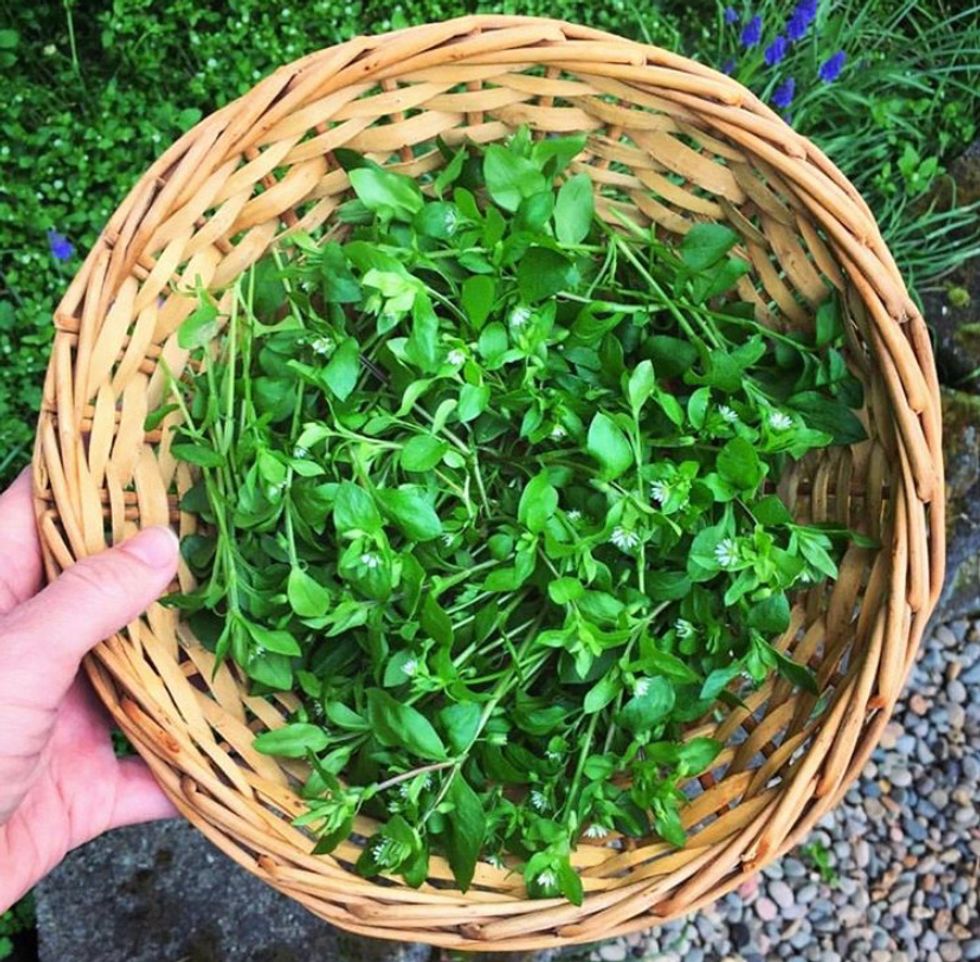
Screenshot from @growforagecookferment on Instagram
Is normally seen as a weed but has beneficial anti-inflammatory properties that aid in body aches and pains and menstrual cramps. The entire plant, stem, and all can be eaten, it has a sweet flavor. You can consume it raw, cook them with other vegetables, minced up and made into a sauce, or put into a soup.
St. John’s Wort

Screenshot from @dzikie.barwy on Instagram
This herb is good for the mind. Works as an antidepressant, it improves moods, reduces anxiety, and helps with sleep. This plant is normally made into a tincture, salve, or steeped in tea.
Tinctures sound like a complicated thing to make, but they are very simple. All you need is a jar, the parts of the plants that can be consumed, and a neutral spirit, generally vodka or brandy. You pour the alcohol over the herb completely covering it. Then you just let the mixture set for at least 4-6 weeks, but you can let it infuse for several months before using it. When you're ready to use it place a thin towel over a mesh strainer and drain the jar mixture into another bottle. I prefer one that has a dropper it in for easy use. Once you placed it in the other container it will store for years!

